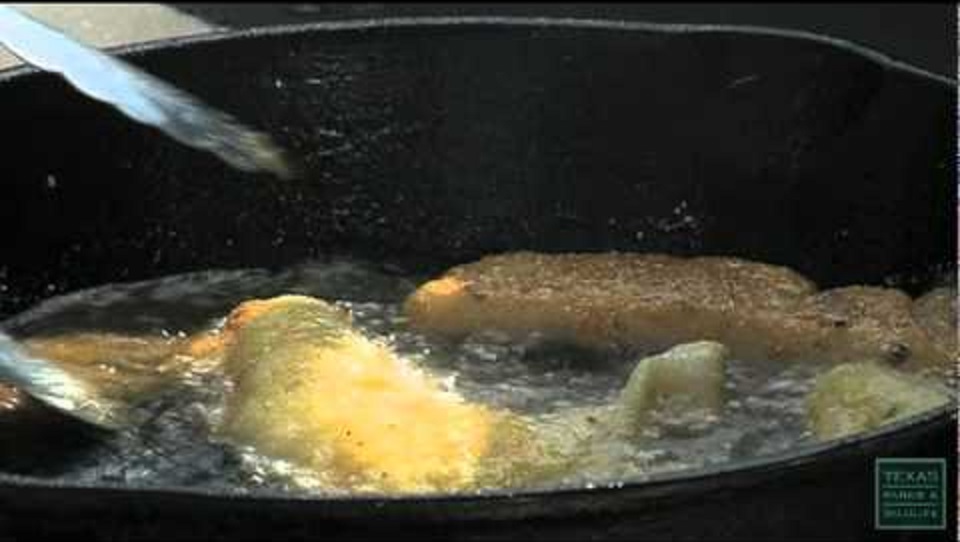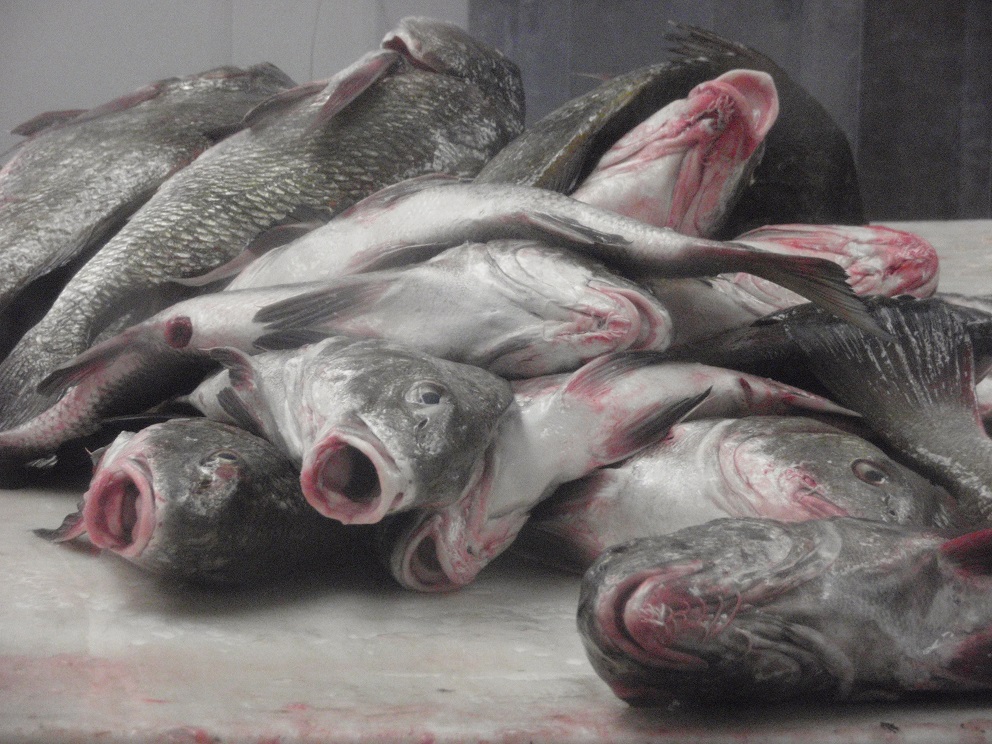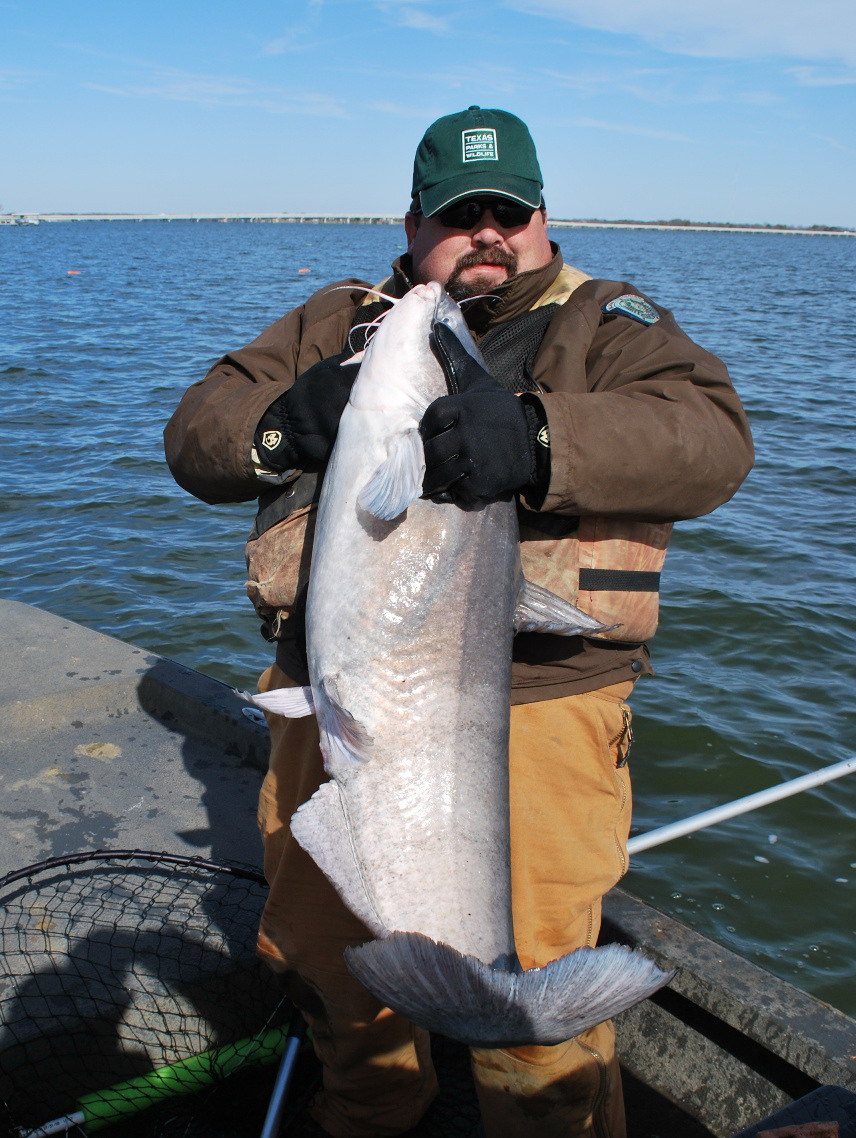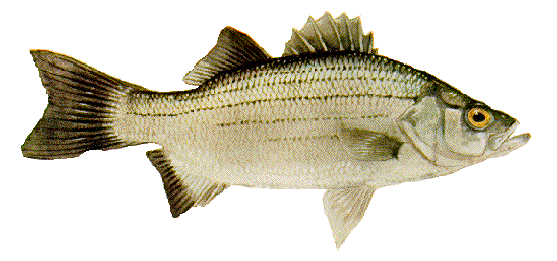Cooking up Crappie with Tim Spice
Monday, December 26th, 2016This is Passport to Texas
Crappie offer anglers an enjoyable fishing opportunity any time of year. Bring home a cooler full, because fresh crappie are easy to prepare and are delicious.
We’re going to show you how to take your catch from the day and fry it up and have a great meal for you and your family.
Tim Spice works for Texas Parks and Wildlife, and is an avid outdoor cook. In his first preparation, Tim applies salt and pepper to the crappie fillets, and then coats them with cornmeal.
You can do it a little thicker if you like—with an egg wash or even a little bit of milk or buttermilk. But this is pretty simple; you’ll get a great fish flavor just this way.
He places the fillets in hot oil and cooks them for two minutes on each side. For a lighter version, Tim rubs the fillets with chopped tarragon and a squeeze of lemon. He uses a cast iron griddle to cook the fish.
First off, we’re going to add a little bit of olive oil to keep them from sticking, and it adds some great flavor. Then we’re going to take those fillets that we put the tarragon on and put them straight on the pan.
After about two minutes on each side they are done.
You want to know how your fish are done. Take a fork, and if you can break apart the flakes, that means your fish is done.
Find fish and game recipes on the Texas Parks and Wildlife website.
The Sport Fish Restoration Program supports our series.
For Texas Parks and Wildlife…I’m Cecilia Nasti.







 Passport to Texas is a
Passport to Texas is a  Passport to Texas is made available by:
Passport to Texas is made available by: